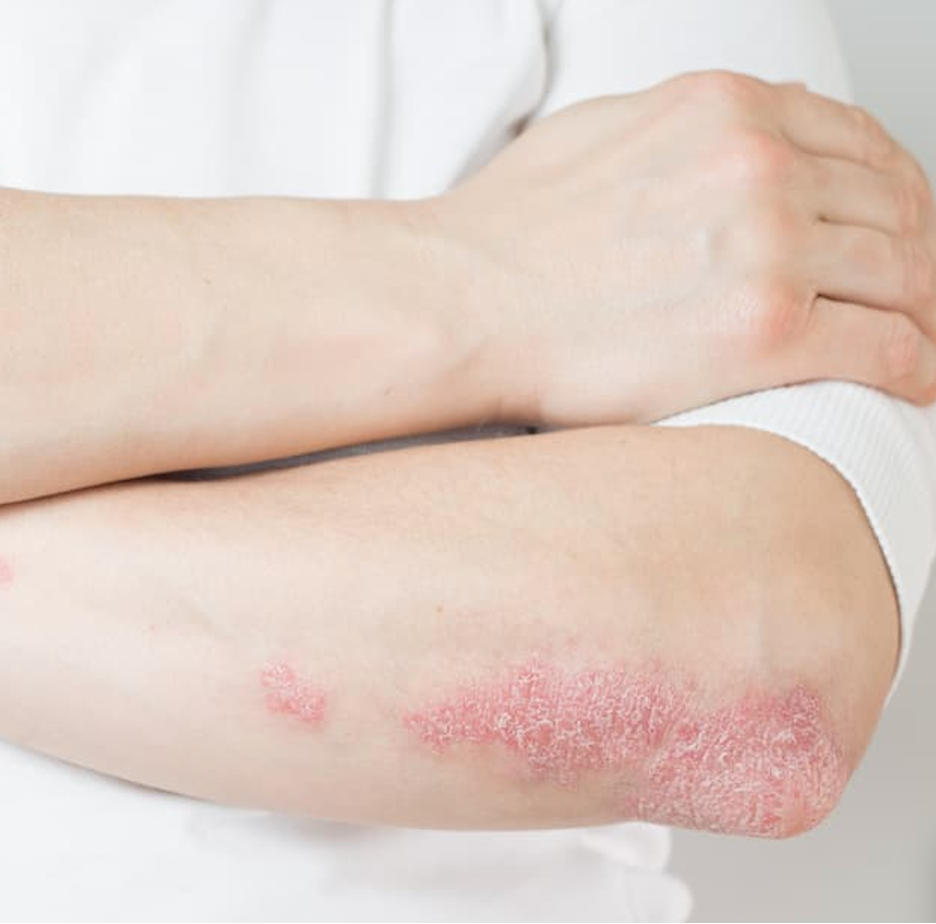Article
Surprising Risks for PsA With Acetaminophen and NSAIDs
Women who use acetaminophen or NSAIDs regularly for years appear to be at increased risk for psoriatic arthritis, data from the Nurses Health Study reveal.
Wu S, Han J, Abrar A. Use of Aspirin, Non-steroidal Anti-inflammatory Drugs, and Acetaminophen (Paracetamol), and Risk of Psoriasis and Psoriatic Arthritis: A Cohort Study. Acta Derm Venereol. 2015; 95: 217–222. doi: 10.2340/00015555-1855
Women who regularly use acetaminophen for more than 10 years appear to have an increased risk for psoriasis and a three times greater risk of psoriatic arthritis (PsA), according to a new analysis of the Nurses’ Health Study (NHS).
In their analysis, researchers at Harvard and the Brigham and Women’s Hospital in Boston also find a “marginally” significant association between PsA, psoriasis and regular long-term use of non-steroidal anti-inflammatory drugs (NSAIDs).
They find no increased PsA risk for regular, long term use of aspirin.
Some studies suggest that aspirin and other over-the-counter pain medications may exacerbate psoriasis, so the investigators set out to see whether the drugs might also increase the risk for psoriasis and PsA.
Data analysis for 95,540 NHS participants, most of them white with a mean age 36, finds 646 incident cases of psoriasis and 165 incident cases of PsA in the cohort, between 1991 and 2005 (or 1,321,280 person-years).
Regular users of acetaminophen, NSAIDs, and aspirin tended to have a slightly higher body mass index (BMI), greater use of other medications, and more chronic diseases (such as hypercholesterolemia, high blood pressure, and type 2 diabetes) compared with non-regular users.
Among the cohort, 20,544 women were regular acetaminophen users. The adjusted multivariate hazard ratio over 11 years for these women is 2.10 for psoriasis and 3.60 for PsA, compared with non-users.
The hazard ratio for psoriasis and PsA over 11 years for the regular NSAID users (n=18,240) is 1.26 and 2.10, respectively, versus non-regular users.
Pathways to Risk
The study notes that NSAIDs are commonly used in clinical practice as initial therapy for PsA symptoms.
Although acetaminophen and NSAIDs act via different pathways, the authors say possible mechanisms linking them to psoriasis and PsA are “plausible.”
Possible mechanisms for the worsening of psoriasis associated with NSAIDs may include increased migration into the epidermis of leukocytes associated with nonselective cyclooxygenase (COX) inhibitors, which stimulates a psoriatic eruption, the authors note.
The inflammation could be mediated by release of leukotrienes by the leukocytes.
Acetaminophen is thought to work by inhibiting prostaglandins, pain signal transmitters that are created by metabolizing arachidonic acid.
“Acetaminophen may inhibit metabolism of arachidonic acid leading to an accumulation of leukotrienes associated with psoriasis,” the authors explain.
Screening for psoriasis and PsA may be warranted in patients on these medications for the long term, they add.

Real-World Study Confirms Similar Efficacy of Guselkumab and IL-17i for PsA




